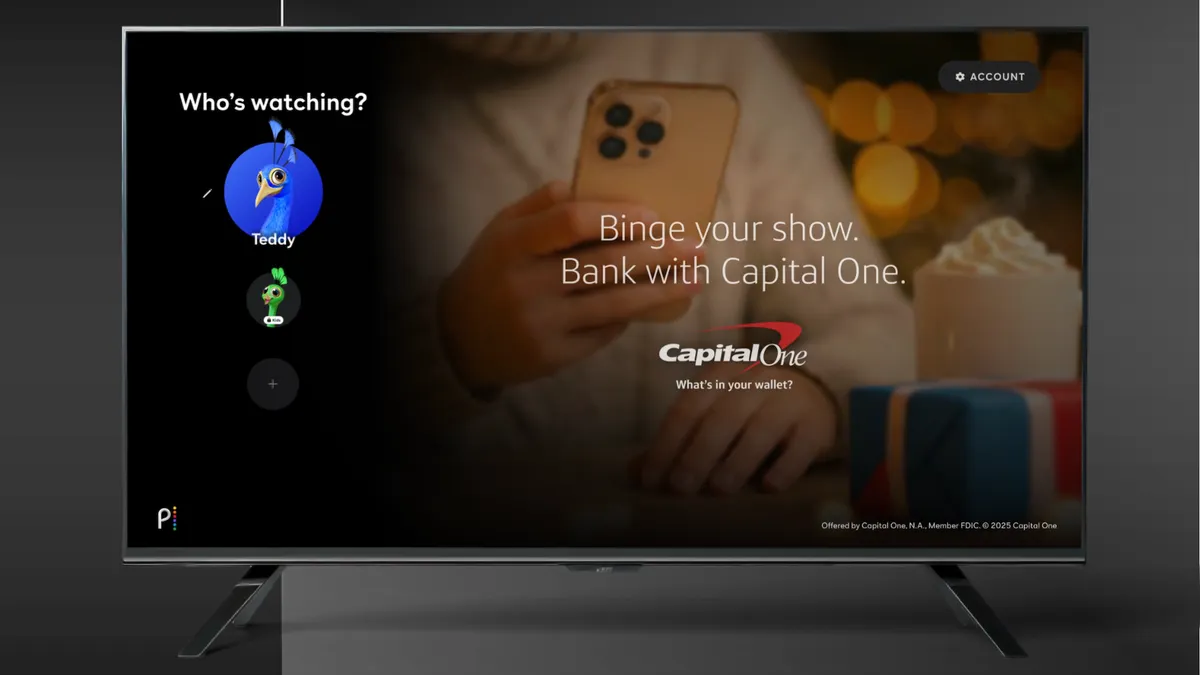Ad blocking is an unavoidable topic for the digital ad industry, and those who ignore the consumer will do so at their own risk.
It’s a legitimate concern for marketers, publishers and ad tech firms alike. It’s even become a major issue for the Interactive Advertising Bureau (IAB). Between its releasing a primer on ad blocking for publishers to IAB president Randall Rothenberg stating that ad blocking is at war with freedom of expression, the IAB's response to ad block tech if anything shows how real the situation has become.
The IAB Sweden has even teamed up with publishers in Sweden to run an anti-ad block test this coming August by getting 90% of Swedish publishers to force website visitors using ad block technology to either turn the software off, pay a fee to view content, or be served content at a reduced quality. The hope is to gain insight into how ad blocking users react to such a wholesale approach to the technology.
What is interesting with this test and ad blocking overall, is that publishers – at least in North America – largely aren’t taking any meaningful action against ad block users. Separate research from MediaRadar and Pressboard Media found that less than 5% of publishers are actively fighting ad blocking technology.
In fact, Pressboard’s research on the top 250 North American publishers found only eight (3.2%) addressed the issue by asking visitors to turn off the software, with three – Wired, Forbes and GQ – requiring either a paid ad-free subscription or for visitors to turn off ad blocking tech to view any website content.
"Ad blocking is a growing concern, a major topic of discussion and a financial headache for publishers," Jerrid Grimm, co-founder of Pressboard, told Marketing Dive.
Pressboard’s study included tracking what was actually being blocked on publisher websites. Of the hundreds of sites studied, "the average number of elements blocked on their homepage was 10 and on each article page was 11 elements," he said, adding that those elements include display ad units, recommendation widgets, native ad units and tracking scripts, among others.
The sheer number of elements ad blockers are blocking is jaw-dropping, and for Grimm, these figures point toward three important questions: "Is this just the beginning? Will we see an increasing number of publishers limit access to their content, or will the few publishers that are blocking the ad blockers now give up the fight?"
Putting the user experience first
New studies are regularly coming out that indicate ad blocking use is ticking upwards. Grimm pointed out three trends that really illustrate why ad blocking isn’t going away anytime soon, including:
- Over a ten-year span, Google Trends sees a steady rise is searches for "Adblock Plus."
- From October 2013 to April 2015, PageFair tracked a similarly steady rise in ad block penetration.
- Pressboard is finding that more ads are being blocked by the number of URL's being filtered.
So, what does this mean for marketers? Grimm said the Pressboard research shows that publishers are “unable, or perhaps unwilling, to proactively stop” ad block use by website visitors.
Just this week the Wall Street Journal wrote that it spoke with a handful of publishers who are pinning the blame on ad agencies that push out "oversized, tracking-laden" digital ads that slow down load times for web pages. On the flip side, the Journal also spoke with a few ad agencies, who said clients are to blame, as they "are always pushing for more."
"People are pointing the finger back at us, yet the advertisers are [always] wanting to push the envelope on creative. There has to be a common ground. Can we do killer ads not at the cost of turning people away?" Tim Mahlman, AOL’s president of publisher platforms, told the Journal.
As the debate continues to boil, and as ad block tech trickles over into mobile, what everyone seems to be forgetting is to put the user experience first.
"The effective result is that marketers are missing out on an ever-growing portion of their consumers previously reached through traditional online advertising methods, leaving them with an immediate need to search out alternative means to reach those consumers online," he stated.
In terms of what to actually do about ad blocking, Grimm said the solution doesn't lie in fighting back with technology that overrides ad blocking software – an offer some companies such as PageFair have floated. Pressboard doesn’t see more ad tech as the answer.
"We see the growth of ad blocking is a clear message from consumers to advertisers and publishers that they are frustrated with ads and slow loading web pages," he said, echoing the Journal's own research. Combating a consumer base, he said, that is already clearly unhappy with ads and advertising technology with more ad tech won't work.
Instead, Grimm argues the digital ad community needs to look to other industries, specifically other tech industries where innovation favors consumers, for ideas about how to address the ad block matter.
"Whether you look at Uber, Airbnb, TiVo (DVR’s), Netflix, or music streaming...consumer demand always prevails over entrenchment of the establishment," explained Grimm. "Why would we expect ad blocking to be any different? If this becomes a technological arms race, we’re putting our bet on the consumer winning the war."




















